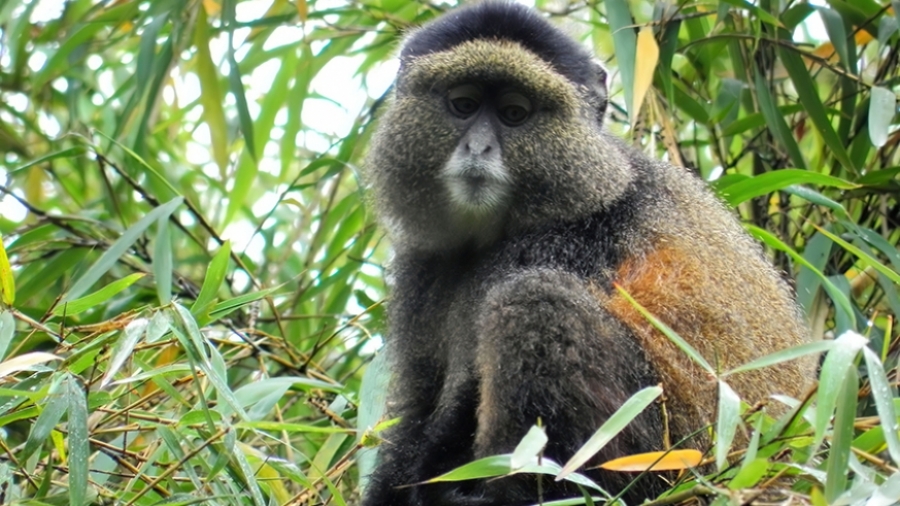Rwanda is set to open, to visitors, Gishwati-Mukura National Park, which was recently upgraded to a UNESCO biosphere reserve.
The move has added impetus to Rwanda’s ambitions of doubling its annual tourism receipts to $800 million by 2024.
The country is keen on accelerating the recovery of the tourism industry, which was severely hit by the Covid-19 outbreak.
“We are preparing to use Gishwati-Mukura Park for tourism activities. We were still in restoration activities and we will open it for tourists before the end of this year,” said Ariella Kageruka, the Head of Tourism and Conservation Department at Rwanda Development Board (RDB).
Kageruka made the revelation at the handover of the Rwf900 million Gishwati-Mukura tourism headquarters.
The headquarters, which include administrative block, was handed over to Rwanda Development Board (RDB) by Rwanda Environment Management Authority (REMA).
In 2014, Rwanda received $9.5 million from the Global Environment Facility through the World Bank to restore the forest and biodiversity in Gishwati-Mukura forest.
“Now that it has become a park for tourism, it will complement other parks to increase tourism revenues,” she said. “A study for park management and tourism promotion was carried out for Gishwati-Mukura Park. It also shows biodiversity species that could attract tourists. This will boost the national economy as other parks have been doing.”
She noted that tourists are expected to stay long for exploring other tourist sites including the new park.
“The longer they stay, the more revenues we’ll generate,” she said.
Inside the biosphere reserve
Rwanda’s newest national park is located in the north-western part of the country in the districts of Rutsiro and Ngororero.
Covering 35.4 square kilometres, the park is a global biodiversity hotspot, including a variety of endemic and endangered species.
After decades of poorly managed land use, the country has been carrying out a major restoration effort, moving towards a socio-economic development based mostly in eco-tourism.
Kageruka said that the biosphere reserve has attractive animals such as golden monkeys, blue monkeys, and chimpanzees and over 130 bird species including endemic species that have to be protected.
Of these bird species, 15 species uniquely appear in Gishwati-Mukura forest.
Other species such as the Side-striped Jackal (canis adustus), a variety of bats, and small mammals claim this forest as their home.
A recent biodiversity survey showed that there are 492 plant species which are indigenous species and 22 mammal species.
There are birds such as white black vultures, crown eagles and 23 species of amphibians.
The vegetation on the reserve includes three species of bryophytes (Porella abyssinica, Leptoscyphus expansus and Cololejeunea parva) that occur exclusively in the Gishwati Forest.
The reserve has a population of approximately 337,782 people in local communities whose main economic activities include agriculture through sustainable land management activities, silvopastoralism, agroforestry and tourism.
“We will keep collaborating with communities around Gishwati-Mukura to ensure its sustainability as it will soon start generating revenues. Even though visitors are yet to start visiting the park RDB has allocated more than Rwf300 million to the revenue sharing program in communities around Gishwati-Mukura forest,” Gageruka said.
Juliet Kabera, the Director General of Rwanda Environmental Management Authority (REMA) which led the landscape restoration added that the project also conducted the tourism development master plan for Gishwati-Mukura National Park.
The master plan indicates that tourism attractions also include wildlife and game viewing, trekking and hiking, landscape and nature viewing, adventure and sports activities, community-based tourism, culture and heritage.
The attractions, again, include rivers and waterfall trains, tea trail, canopy viewpoint, hiking and bike trails inside the forest which links the park to the Lake Kivu trails.
Source: The NewTimes






